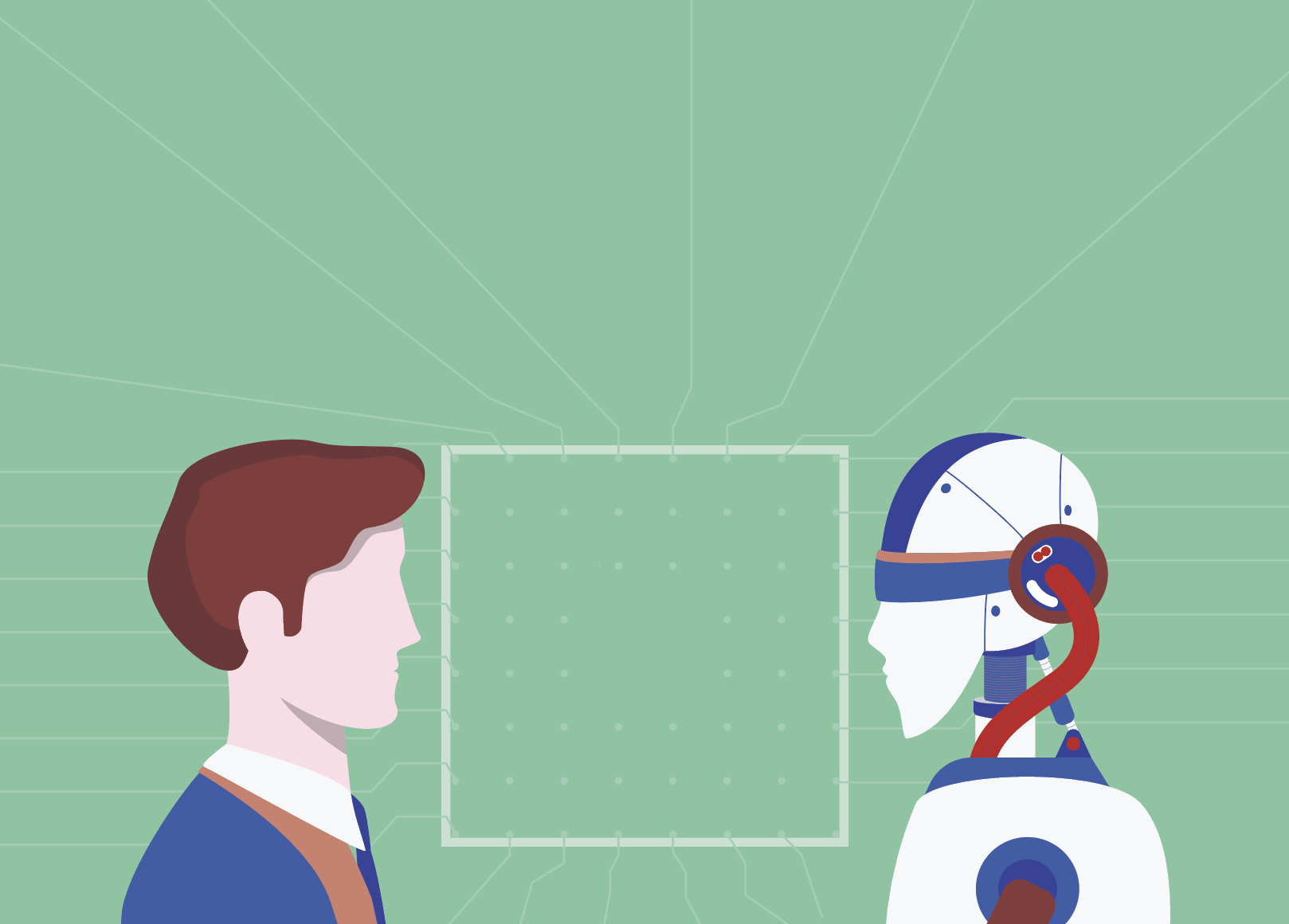
Technology, in the last decade, has advanced tremendously. One of the most cutting-edge revolutionary concepts we have seen is that of Artificial Intelligence (AI). It isn’t very new though, the beginnings of which can be traced back to 1956 where the term “Artificial Intelligence” was officially coined by Prof John McCarthy at a conference at Dartmouth College, Hanover.
The whole idea here was to teach computers to perform skills, reason and logic as a human does. For years, it was believed that computers would never be able to match up the supremacy of the human brain, but this is being proven wrong.
With new processors called GPUs (graphic processing unit) capable of processing a multitude of computations simultaneously, specially optimized for the use of AI, the technology has far progressed to being a lot less artificial and way more intelligent today.
Add to that the advent of ‘Big Data’ that makes extraction, assimilation and analysis of large volumes and variety of information, both structured and unstructured; computers can now make sense of all this material more quickly. So much so that 90% of the world’s data has been generated in the past two years alone!
Couple that with detailed algorithms which AI systems make use of, computers perform huge tasks even faster and way more efficiently.
Simulation of human intelligence along with reasoning, analytical and logical capacity, and the acumen to do corrections along the way, all programmed into a machine made by us – well that’s AI for you.
In 1956 the term “Artificial Intelligence” was officially coined by Prof John McCarthy at a conference at Dartmouth College, Hanover.
Narrow and Wide AI
Mainly categorized in two ways, Narrow AI, also sometimes referred to as Weak AI (not that it is inefficient, just that focused on routine jobs), is designed and trained for one particular task. It can manage both physical and cognitive tasks – virtual assistants with speech and language recognition, such as Amazon’s Alexa and Apple’s Siri are good examples of AI.
On the other hand, Wide AI is a system capable of having intelligent behaviour across a variety of tasks. When presented with an unfamiliar task, a Wide AI system will start scouting and delivering solutions, replicating and sometimes even bypassing human cognitive abilities.

90% of the world’s data has been generated in the past two years alone!
Specific Uses of AI:
Marketing: From mail spam filtering to smart shopping. Early on, when we searched for a product online without many details, we rarely could find it. But now, search engines are reading our minds and will even suggest a list of all relevant items similar to products that you might be looking for.
Banking: AI has already saved millions of dollars by analyzing the anomaly in the behaviour of transactions, thereby effectively preventing credit-card frauds. Also helps provide customer support to its patrons collecting knowledge from thousands of sources and providing simple answers in less than a second.
Finance: In the age of ultra-high-frequency trading, organizations are turning to AI to improve their stock trading performance to boost profits. Machines are excellent at crunching vast amounts of data, analyzing trends based on observation of past patterns, and making quick assessments to predict the future accurately.
Agriculture: AI helps farmers get more from the land while protecting their crops from weeds and other concerns such as climate change, soil quality, etc
Using computer vision technology such as object detection, weedicide can be sprayed precisely on the spot, thereby preventing herbicide resistance. It can also detect, through images, potential defects and nutrient deficiencies in the soil, thereby increasing yields.
Healthcare: Breakthroughs in drug development owe a lot to AI. It also helps a physician with a warning when there’s a patient at risk of having a heart stroke much before he suffers one. AI can also prevent misdiagnosing illness and medical errors by tuning in to a patient’s symptoms and health concerns and guiding to the correct care based on its diagnosis.
Gaming: In advanced gaming systems wherein there are no predictive and no repeated opponent moves as the games get more challenging when it moves through the levels, the system self-learns to master the game. Makes the gaming experience real and challenging as it prompts players to continually switch strategies for an immersive experience.
Autonomous Vehicles: Revolutionizing the transport system with self-driving cars, AI collects data from the vehicles radar, cameras, GPS, and cloud services to control and operate the vehicle. Image detection and deep learning can automatically identify objects and drive around it without the risk of a collision.
Chatbots: Chatbots like Amazon’s Echo and Google Duplex uses speech recognition and NLP to perform tasks such as managing schedules, controlling smart-home, handling online bookings, making phone calls, ordering your favourite food, checking the weather conditions and so on. We even have chatbot tackling social causes like domestic abuse and addictions, providing confidentiality and much-needed support in such cases.
Artificial creativity: Beat this. An AI-based system can also compose classical music that echoes the classical legends, Bach and Mozart, by self-learning patterns of harmony, rhythm, and style on its own.
Besides, automation tools even transform data into insightful narratives generating millions of articles as online content.
Social Media: Face verification, identification of hate speech, anti-social activities, filtering out offensive content, to designing and suggesting feeds based on personal interests are all possible due to the deep learning and language processing algorithms on social media.
Sophia, the social humanoid robot designed using AI, when interviewed on the ‘Good Morning Britain’ show said, “I hope that robots and people both get smarter and run the world better than ever before.” Is there even an iota of doubt now?
2 Comments